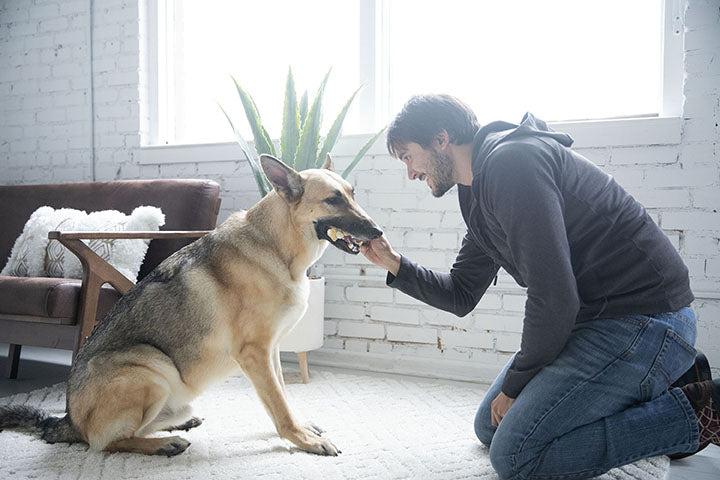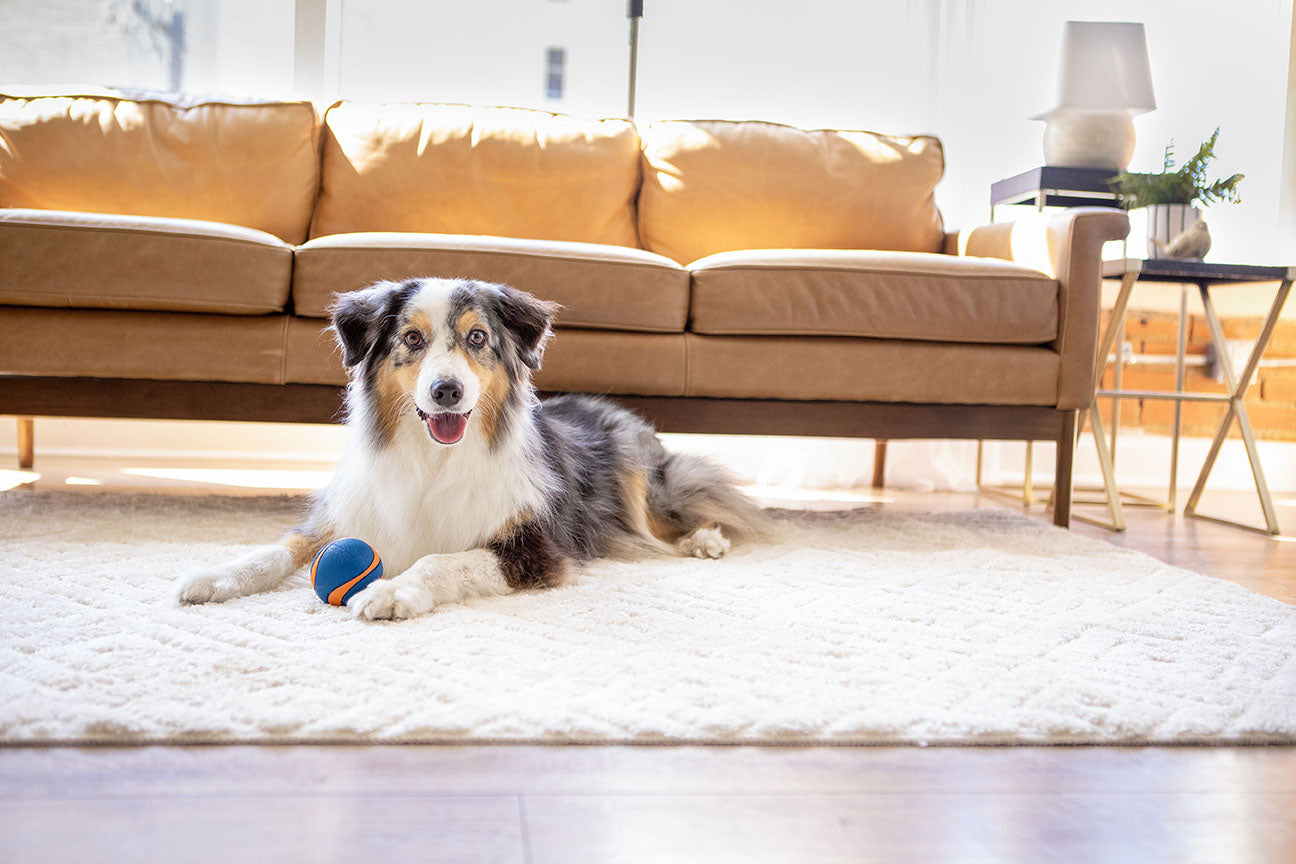What To Do If You Find a Stray Dog

We've all been there; you're driving down the road when you see a lonely dog aimlessly wandering around. This dog is either lost or a stray. This situation is especially gut-wrenching for pet parents who want nothing more than for dogs to have a safe place to call home. Oftentimes, we can't help but picture our beloved pets in that situation. If you have a desire to help a dog in need, here are a few important things to keep in mind while interacting with the next stray or lost dog that you encounter.
Be Cautious
Safety is the first and most important aspect of rescuing a stray or lost dog. The dog may be unpredictable and even possibly aggressive. If this is the case, it is recommended that you stay in your car and call a local humane society for a helping hand if possible. Just make sure to keep track of the dog so that you can notify the agency of the dog's whereabouts.
If the dog is not aggressive, then try to restrain it with a barrier such as a carrier, leash, or rope. You don't want to continue to let the dog roam busy streets. As you get closer to the animal, use caution. You do not want to get scratched or bitten, especially if you are unsure of the dog's medical history, so be sure to approach the animal slowly and calmly. A great way to gain the trust of a stray dog is by offering it strong-smelling, enticing food.
Visit a Veterinarian
Determine if the animal needs medical care. If you decide that the dog you have picked up needs immediate veterinary care, then be prepared to take on the financial responsibilities that come with the visits. There may be resources to help you along the way, but if time is of the essence, this is something you'll need to confront quickly. Caring for a sick or injured animal can be expensive, but it is because of generous pet rescuers that stray dogs get second chances at good health and even greater lives. You may want to look into crowdfunding efforts as well.
If you are not considering rescuing a stray dog but want to help the cause, you can contact your local vet clinic and ask about how you can donate money or volunteer your time.
Try to Find the Owner
After you have rescued the dog and made sure it is safe and healthy, it is so important that you try to find the owner of the dog. Put yourself in the owner's shoes; what would you want a rescuer to do if he or she found your cherished pet?
First things first, check for ID. If the dog has tags of any kind, with or without owner identification, chances are, he is someone's pet. If the owner's information is readily available, of course, the next step is to contact them as soon as possible.
If the tags lack contact information or if there are no tags at all, you should bring the dog to a vet or local animal shelter to get scanned for a microchip. There, staff will scan the dog for a microchip, and if the dog is chipped, the staff will be able to access owner information either by calling the microchip company or accessing the database.
If the dog is not microchipped and has no tags, try posting a picture of the dog with a short description of where you found the dog on Facebook or the Nextdoor App. Social platforms like these have helped thousands of lost dogs find their way home.
Here are a couple of other steps you can take to find the owner: create a flyer with the dog's photo and post it around your community. You can also file a "found dog" report through your local animal shelter.
What if the Dog Has No Tags & No Owner Comes Forward
If none of the above tactics are successful, then you may want to consider bringing the dog to a local animal shelter or rescue organization. If possible, and only after careful consideration, welcome the dog into your own home. Use these 6 signs to find out if you're ready for a dog. Note that you must dedicate a lot of time and energy to finding the owner of the stray day before you can decide on this step.
Notify an Animal Shelter
Understandably, it can be hard to surrender an animal to a shelter, especially if you are uncertain of its future. Animal shelters are one of the most common places where parents of missing pets come to look for their lost dogs and often maintain a database of lost pets. Shelters are also where many homeless or stray dogs find their forever families and homes.
If you feel that the dog is a lost pet and don't feel comfortable leaving the dog at the shelter, and you can do so, consider letting the dog stay in your home. At the same time, notify the shelter and send them a picture of the dog so that they can hold onto it and/or log them into a database in case the owners do turn up.
Help the Owners Out by Making Fliers
You can help speed up the reunification process by posting fliers and online "found" notices. Make sure all fliers and notices have a clear photo, description of the dog, and how to contact you.
Conclusion
Dogs have soft spots in all pet parents' hearts and the last thing we want to see is a lost dog wandering, far from home. Hopefully, these tips have helped you formulate an action plan in the event you come across a lost dog. After all, there's no better fairytale ending than reuniting a lost dog with its owner or helping a dog find his forever home.
Previous article

Next article

Related posts
View all-

National Dog Week: 7 Fun Ways to Celebrate with Your Pup
The last full week of September marks National Dog Week: a tradition going strong since 1928. Founded by Captain William Lewis Judy, this celebration was created to promote responsible dog ownership, reduce the number of stray dogs, and honor the incredible role dogs play in our lives.
Read Article -

How to Prep Your Pet for Fall: Grooming and Wellness Tips
As the days grow shorter and the crisp air settles in, our routines naturally shift; long walks become brisk outings, and cozy nights become the norm. Like us, pets feel these changes. Helping them ease into the new season ensures they stay happy, comfortable, and healthy.
Read Article -

Vet-Approved Benefits of Fetch: How Play Supports Your Dog’s Health & Happiness
Whether it’s a spontaneous backyard sprint or a structured game of fetch, movement is one of the most powerful ways to nurture the bond between pets and their people.
Read Article



